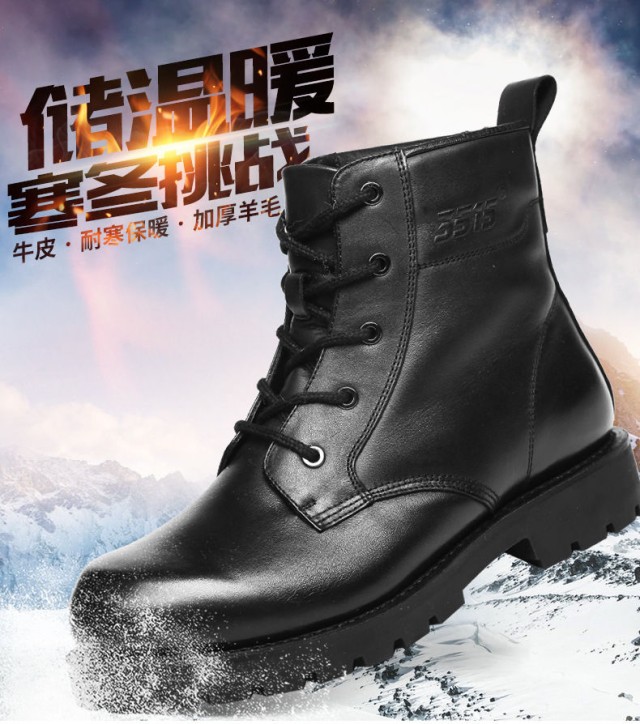Winter adventurers and parents alike need reliable footwear that combines technical performance with real-world practicality. This guide breaks down how modern snowboot designs address critical challenges—from subzero insulation to slippery terrain—while matching features to specific activities.
Snowboot Essentials for Winter Adventures
Insulation Technologies: From Thermal Linings to Heat-Reflective Materials
Effective insulation isn’t just about thickness; it’s about strategic heat retention. Today’s snowboots use:
- Thermal linings like Thinsulate™ that trap warmth without bulk, ideal for active use.
- Heat-reflective foils that bounce body heat back toward the foot, crucial in prolonged subzero exposure.
- Moisture-wicking layers to prevent sweat buildup—a common cause of frostbite in children’s boots.
Did you know? Insulation loses effectiveness when damp. Advanced linings now integrate quick-drying fibers to maintain warmth even during high-energy play.
Waterproof Engineering: Membranes vs. Sealed Seams
Waterproofing hinges on two approaches:
- Breathable membranes (e.g., Gore-Tex®) allow vapor escape while blocking external moisture, ideal for wet snow. Research shows these membranes extend boot lifespan by preventing adhesive degradation from microbial growth in damp conditions.
- Fully sealed seams use welded construction to eliminate stitch holes, preferred for slushy urban environments.
For stream crossings or deep powder, prioritize boots with both membrane protection and at least 6-inch shaft heights.
Traction and Stability: Decoding Sole Designs for Ice and Mud
Sole patterns matter more than you might think:
- Deep, multi-directional lugs (5–8 mm) provide grip in loose snow but can pack with mud.
- Ice-specific soles embed microscopic glass particles or use soft rubber compounds that grip slick surfaces.
- Flex grooves near the ball of the foot enhance natural movement for children or hikers.
Pro Tip: Look for soles with a Winter Grip certification (e.g., ISO 13287) for guaranteed ice performance.
Use Case Deep Dives
Stream Crossings: Why Insulation Prevents Hypothermia
Wet feet lose heat 25x faster than dry ones. In frigid conditions, boots must:
- Combine waterproof membranes with fast-recovery insulation (e.g., PrimaLoft®) that retains warmth when damp.
- Feature drainage ports if frequent immersion is expected (common in hunting/hiking models).
Children’s Play: Balancing Flexibility and Weather Protection
Kids’ snowboots face unique demands:
- Ankle flexibility is critical—stiff boots hinder movement and cause fatigue.
- Cuff closures should seal out snow without compromising circulation. Velcro + elastic combinations outperform traditional laces for small hands.
Expert Tips for Choosing Snowboots
-
Match insulation to activity:
- Light activity (e.g., dog walking): 200g insulation suffices.
- Static use (ice fishing): Opt for 400g+ with heat-reflective layers.
- Prioritize waterproofing for wet snow climates, breathability for dry cold.
- Test flex points—boots should bend where your foot naturally does.
Ready to equip your next winter adventure? 3515 partners with distributors and brands to deliver technically advanced snowboots tailored to diverse climates and activities. From family-friendly designs to expedition-ready builds, our manufacturing expertise ensures footwear that performs when temperatures plummet. [Contact 3515] to explore bulk solutions for your winter footwear needs.
Related Products
- Wholesale Customizable Suede Safety Boots - Puncture-Proof with Velcro Closure
- Durable High-Traction Canvas Sneakers Wholesale & Custom Manufacturing
- Wholesale Smart Casual Sneakers with Dial Closure | Factory Direct Manufacturing
- Durable Canvas Work Shoes with Rubber Lug Sole | Wholesale Manufacturer
- Safety Footwear Wholesale Manufacturer for Custom OEM/ODM Production
Related Articles
- How to Choose Work Boots That Match Your Industry's Safety Needs
- How to Choose Work Boots That Match Your Job Demands and Safety Needs
- How to Choose Work Boot Materials for Maximum Safety and Durability
- Steel Toe Work Boots: Balancing Safety and Comfort for Demanding Jobs
- How to Extend Work Boot Lifespan: Science-Backed Care for Safety & Savings



















